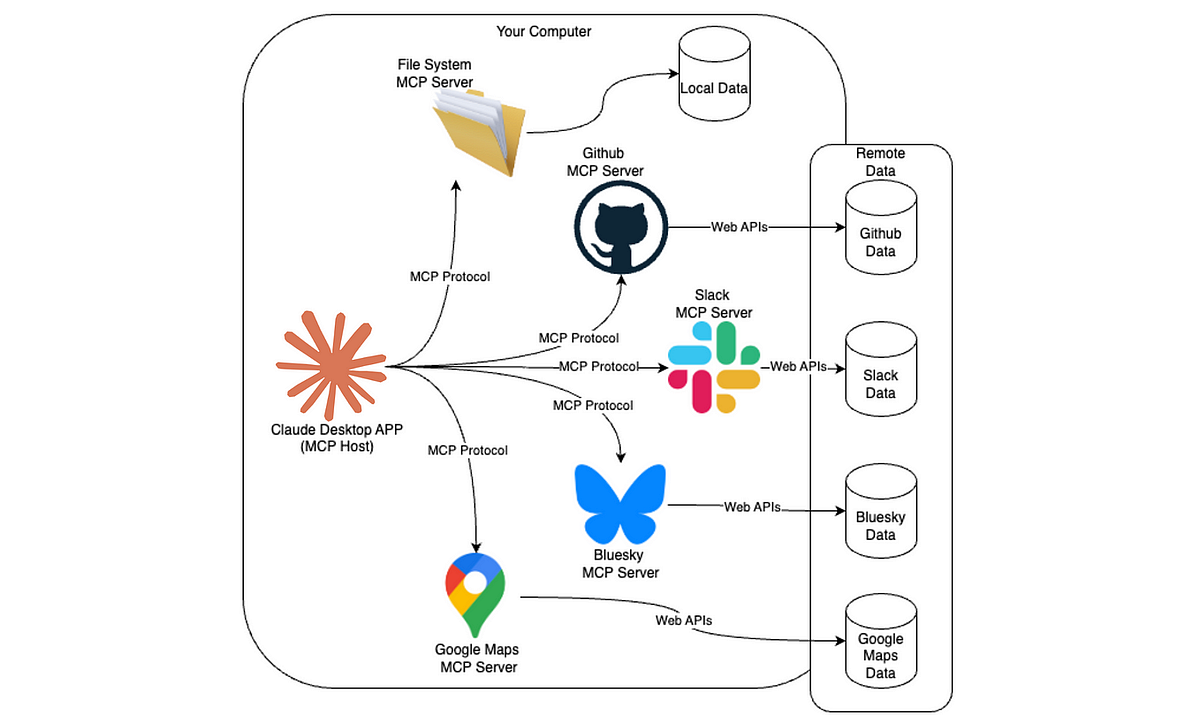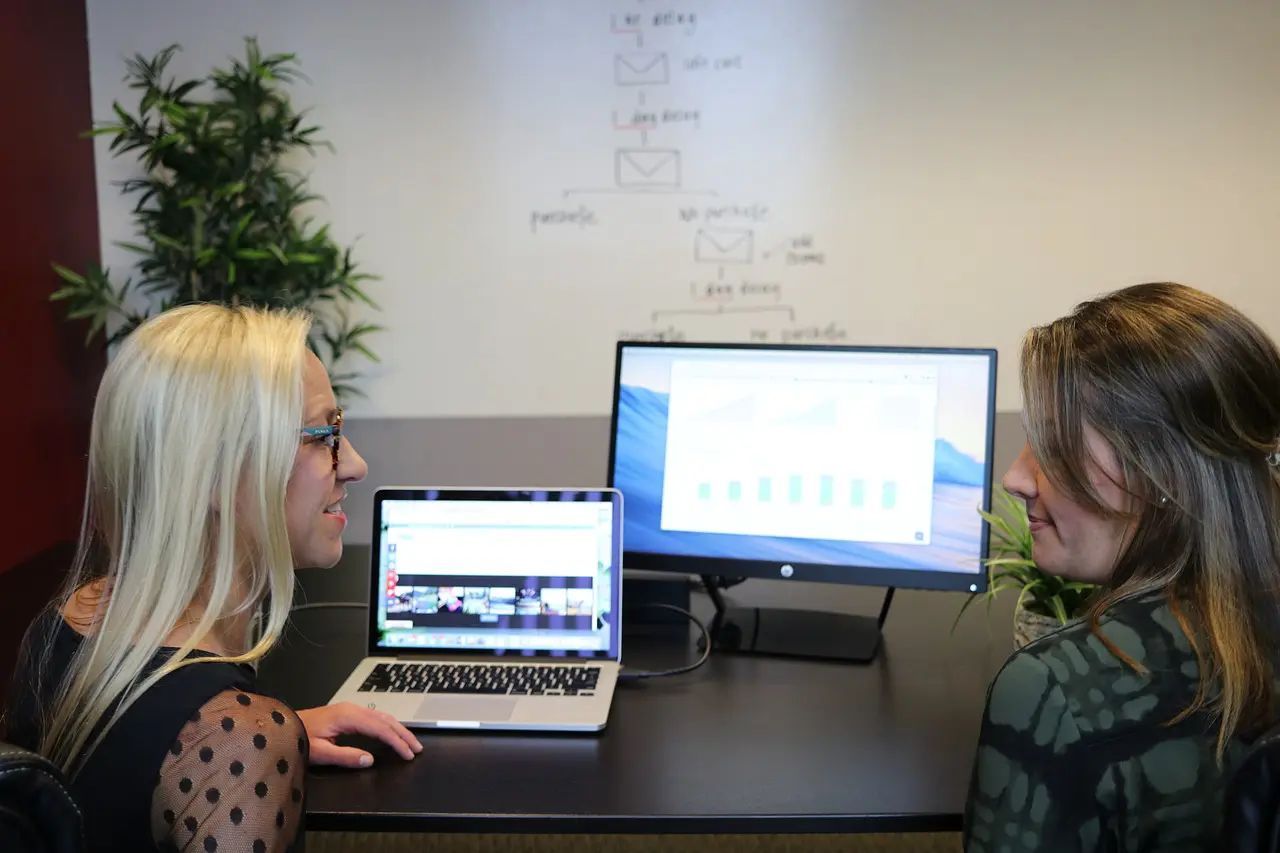Enhancing the EOS L10 Meeting Experience
Share now

EOS L10 Meetings or Entrepreneurial Operating System Level 10 Meetings , is a structured meeting formula designed to address issues and keep teams on track and focused on achieving their goals. These meetings may be necessary for organizations that follow the EOS process, aiming to solve issues, set priorities, and review metrics within a productive, 90-minute format.
However, as vital as they are, there’s always room for improvement. This post explores how to improve the EOS L10 Meeting experience, making these sessions even more effective and engaging for both the top leadership team member and the entire business. Whether you’re a seasoned EOS user or just looking to streamline your team meetings, understanding how to improve the EOS L10 meeting can transform the way your team collaborates, solves problems, and drives progress.
And our team at 8-Figure Agency is here to help you do just that. With many years of expertise, we scale agencies and businesses scale to 8 figures and beyond.
Understanding Current Challenges
First, it’s important to acknowledge one universal truth: no process is perfect, especially the EOS L10 meetings – because even the top billionaires are not using it properly. By identifying where it stumbles, we can turn those pitfalls into stepping stones for success.
Identifying Common Pitfalls
You must identify these constraints when it comes to overcoming obstacles and propelling growth within the EOS L10 meetings. These constraints can fall into four buckets: leads, sales, capacity, and lifetime value.
- Leads refer to potential clients who show interest in your business.
- Sales encompass the actual conversion of leads into paying customers.
- Capacity relates to your business’s ability to deliver its products or services efficiently and effectively, considering available resources, time, and manpower.
- Lifetime value represents the total revenue a business can expect from a single customer throughout the relationship duration.
Each of these areas plays a critical role in the growth and sustainability of a business. However, not all business activities and meetings contribute equally to addressing these constraints. This is where the importance of not merely focusing on issues arises. While solving operational or immediate problems may induce a semblance of improvement and satisfaction, it’s essential to recognize that sustainable growth stems from strategically prioritizing and addressing constraints within these four buckets.
Impact of Inefficient EOS L10 Meetings on Teams
When EOS L10 meetings aren’t running as smoothly as they could, the impact on teams can be significant and multi-faceted. Primarily, inefficient meetings lead to wasted time — a resource no business can afford to squander. This inefficiency and unnecessary meetings can quickly morph into disengagement among team members who may feel their contributions aren’t leading to tangible outcomes. Over time, this can erode the team’s morale and productivity, as members may become skeptical of the process’s value which can lead to poor employee retention. Furthermore, when issues aren’t effectively resolved, or goals aren’t properly set and followed up on, it can stall the team’s progress towards their objectives, keeping the organization from reaching its full potential.
Streamlining Meeting Objectives
Understanding the setbacks is only half the battle; the real work starts with addressing these challenges head-on. It’s time we roll up our sleeves and explore how we can not only refine our EOS L10 Meeting strategy but also ensure it perfectly aligns with our overarching objectives.
Defining Clear Meeting Goals
The foundation of a productive EOS L10 Meeting lies in establishing crystal-clear goals from the get-go. This means each session should have a defined purpose and expected outcomes, which are communicated well in advance. By setting specific, measurable, achievable, relevant, and time-bound (SMART) goals , teams can stay focused on what matters most.
Clear goals help to streamline the meeting’s direction, ensuring that discussions remain relevant and drive towards making decisions that matter. It’s not just about ticking off issues list of items on the meeting agenda; it’s about ensuring each point discussed brings the team closer to its collective objectives.
Aligning Objectives with Organizational Strategy
Tying the level 10 meeting objectives to the wider organizational strategy is crucial for maintaining alignment and cohesion across the team. This means that the goals set for each EOS L10 Meeting should directly contribute to the broader company vision and priorities.
By consistently aligning meeting objectives with the organizational strategy, leadership teams can ensure that their effort and focus are contributing to long-term success and growth. This alignment also provides a framework for evaluating the effectiveness of each meeting, by asking, “How does this help us move closer to our strategic goals and key performance metrics ?” Through this lens, every discussion, decision, and action taken during the EOS L10 Meetings can be directed toward fulfilling the organization’s ambitions and fostering a culture of purposeful and strategic teamwork.
Participant Engagement Strategies

It’s clear that for EOS L10 Meetings to truly hit the mark, every team member needs to be actively involved and engaged level 10 meetings. But how do we turn passive attendees into active participants?
Fostering Active Participation
Encouraging everyone to contribute is not just about having a voice; it’s about feeling valued and knowing that every opinion matters. To foster active participation, start by creating an inclusive meeting environment where all team members are encouraged to share their thoughts and ideas. This can be achieved by setting the tone at the beginning of the meeting, explicitly stating that each member’s input is crucial for the meeting’s success. Use round-robin methods to ensure everyone gets their turn to speak, and consider implementing a ‘no interruption’ rule to give each person the space to express their ideas without fear of being talked over.
Techniques to Boost Team Involvement
Keeping team members involved requires a mix of creativity and technology. One effective technique is to use interactive tools such as live polls or quizzes related to the meeting’s agenda. These tools not only make the meeting more engaging but also provide instant feedback that can guide the discussion. Another method is to assign roles (like note-taker, timekeeper, or facilitator) to different team members for each part level 10 meeting agenda, rotating these roles to keep the format dynamic. Additionally, incorporating team-building activities or ice-breakers related to the discussion topic can warm up the room and make participants more inclined to engage. Lastly, recognizing and rewarding active participation can go a long way in ensuring sustained engagement, making team members feel their contributions are valued and impactful.
Time Management Techniques
Time is of the essence, and mastering its use can revolutionize the efficiency of our meetings. Here’s how we can make every second count.
Setting Time Limits for Agenda Items
One of the simplest yet most effective techniques to manage time is setting strict limits for each agenda item. This approach ensures that discussions remain concise and on point, preventing the common pitfall of meetings from dragging on due to unfocused chatter. By allocating a specific duration to each topic, team members are prompted to prepare their points more thoughtfully and concisely. It also adds a layer of discipline to the meeting, as participants are aware they have limited time to present their ideas and contributions. This method not only speeds up the decision-making process but also makes the meeting more dynamic and engaging.
Prioritizing Agenda Topics Effectively
Not all agenda items are created equal. Some topics require immediate attention, while others could potentially wait. Prioritizing agenda topics effectively means identifying which issues are most critical to the team’s objectives and addressing them early in the meeting when everyone is most alert and engaged. This prioritization should be a collaborative effort, based on the collective goals and strategic importance of each item. It’s also beneficial to distinguish between ‘discussion’ items, which require collective brainstorming and decision-making, and ‘informational’ items, which could potentially be communicated outside of the meeting. By focusing our efforts on the most pertinent issues first, we ensure that our time together is spent making meaningful progress on matters that truly impact our success.
Utilizing Technology for Efficiency
Whoever said, “You can’t teach an old dog new tricks,” clearly hadn’t considered the power of technology in modern business meetings. The rise of digital tools has not only transformed the way we work but has also made EOS L10 Meetings more streamlined and efficient than ever before. Here’s how we can harness technology to our advantage.
Integration of Collaborative Tools
In the digital age, the integration of collaborative tools into EOS L10 Meetings can be a game-changer. Platforms like Slack , Microsoft Teams , or Trello offer seamless ways to keep the team connected, share documents, and update project statuses in real time, both during and outside of meetings. The beauty of these tools lies in their ability to foster collaboration, ensuring that every team member is on the same page and able to contribute irrespective of their physical location. By incorporating these tools into our weekly meetings, we can create a dynamic environment where ideas flow freely, feedback is instant, and the collective brainpower of the team is harnessed to its full potential.
Choosing the Right Technology for EOS L10 Meetings
Selecting the appropriate technology for EOS L10 Meetings is crucial. It’s not about having the latest gadgets but about finding the tools that best match our meeting’s objectives and team dynamics. For instance, video conferencing software like Zoom or Google Meet is indispensable for remote work teams, facilitating face-to-face interaction that’s vital for effective communication and relationship-building.
Additionally, utilizing project management software such as Asana or Basecamp can help keep track of action items and progress post-meeting. The key is to choose technologies that are user-friendly to dos, and easily integrated into the team’s workflow. This not only enhances efficiency but also ensures that team members are more likely to actively use and engage with these tools during the EOS L10 Meetings, leading to more productive sessions.
Reviewing and Iterating the Meeting Process
We’ve talked a lot about setting the stage for productive meetings and ensuring smooth communication. But how do we keep the momentum going and make sure we’re always moving in the right direction? Regular check-ins on our processes can shine a light on what’s working and what isn’t. Here’s how we tackle this vital step.
Regularly Evaluating Meeting Effectiveness
It all starts with asking the question, “Are our meetings actually effective?” To answer this, we need to make regular evaluations a standard practice. This isn’t about nitpicking every meeting detail but taking a constructive look at whether our meetings are achieving their objectives.
- Are we solving the problems we set out to tackle?
- Are team members leaving meetings with a clear understanding of their action items?
Gathering feedback through quick post-meeting surveys or a dedicated chat channel can give us valuable insights into the meeting experience from various perspectives. It’s important that everyone feels comfortable to share their honest opinions – after all, these sessions are for their benefit as much as the company’s.
Implementing Continuous Improvement Strategies
Once we’ve gathered feedback, the next step is putting it into action through continuous improvement strategies. This means taking a close look at the feedback and identifying patterns or consistent issues that need addressing. Maybe our meetings consistently run over time, or perhaps team members feel certain segments aren’t relevant to their roles.
Implementing changes could be as simple as adjusting the meeting structure, or as involved as introducing new tools or techniques to increase engagement. The key here is to be agile, willing to experiment, and open to adjusting our approach based on what the feedback tells us. Through this loop of feedback and improvement, we can ensure our meetings are not just a calendar item but a productive and positive use of time that genuinely drives our team and projects forward.
How to Improve the EOS L10 Meeting: Final Thoughts
Optimizing our EOS L10 Meetings through strategic planning, leveraging technology, and committing to continuous improvement is key to maximizing our team’s productivity and ensuring our projects are propelled forward with efficiency and purpose. By fostering a culture that values collaboration, innovation, and feedback, we can turn these meetings into powerful catalysts for success.
Ready to elevate your business meetings and drive unparalleled results? Partner with 8 Figure Agency today, and leverage our expertise in transforming your team meetings into dynamic sessions that inspire action, fuel creativity, and pave the way for successful clients for 8-figure success.
The post Enhancing the EOS L10 Meeting Experience appeared first on 8 Figure Agency.



